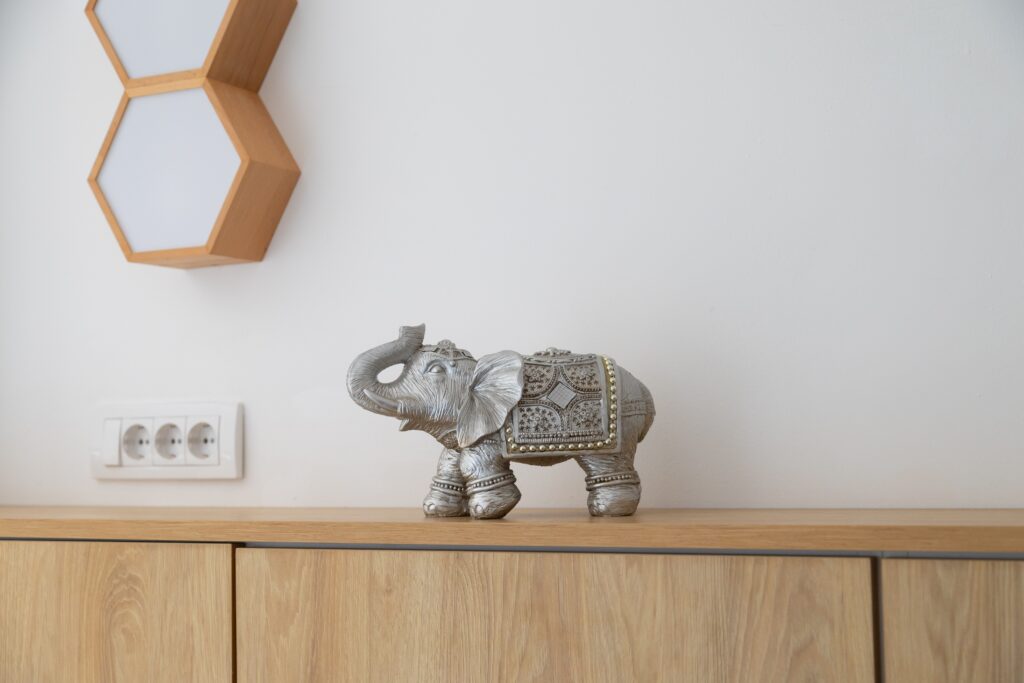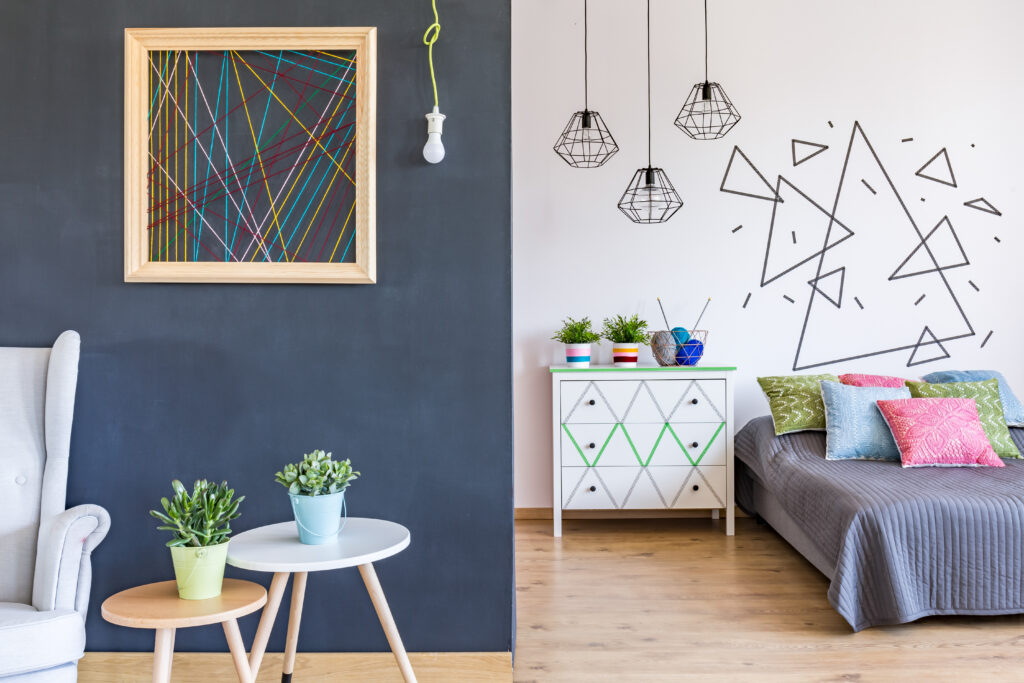The home and interiors sector is entering a transformative phase in 2026, characterized by cultural fusion, sustainable innovation, and health-centric design. For global buyers and suppliers navigating changing consumer priorities, understanding these 3 dimensions — Cultural Design & Innovation, Sustainability, and Wellness — is key to sourcing competitively and responsibly.
1. Cultural Design & Innovation: Local Identity Meets Global Markets
Cultural storytelling is redefining the aesthetics of interiors. In 2026, design innovations are being driven by hyperlocal narratives, indigenous craftsmanship, and AI-assisted cultural interpretation.
- Cultural Hybridity: Buyers are seeking pieces that blend regional identity with modern functionality. The “Glocal Design” movement, captured in WGSN’s 2025–2026 Interiors Forecast, highlights how cultural symbolism is being reinterpreted through modular, accessible formats.
- Digital Craftsmanship: AI-aided production tools, such as 3D weaving and generative design, allow artisans to scale traditional crafts globally while retaining authenticity. Design Week UK notes a rise in “digitally crafted heritage,” merging handmade aesthetics with algorithmic design.
- Cultural Data Visualization: Designers are translating historical patterns, textures, and oral traditions into new digital and material forms — from West African-inspired laser-cut woodwork to Scandinavian upcycled glassware that tells a story of cultural continuity.
Buyers should prioritize suppliers who can demonstrate transparent collaboration with local artisans or who integrate cultural IP licensing models (recognized by UNESCO’s 2025 Creative Economy Report).

2. Sustainability & Green Solutions: Circular Futures
Sustainability has evolved from niche expectation to baseline demand — accelerated by legislation like the EU’s Sustainable Product Regulation (SPR) and the U.S. Green Building Standards revision (2025).
- Circular Supply Chains: In 2026, eco-materials like biogenic composites, mycelium-based furniture, and carbon-negative concrete are becoming standard. Ellen MacArthur Foundation’s Circular Design Guide emphasizes adaptive reuse and cradle-to-cradle sourcing.
- Material Transparency: Intelligent material passports — now part of global supply platforms like Material Bank Europe — allow buyers to trace environmental and ethical compliance from extraction to disposal.
- Sustainable Manufacturing Clusters: Southeast Asia and the Middle East are emerging as low-carbon production hubs due to renewable energy transitions, according to McKinsey’s 2025 Home Goods and Furnishings Outlook.
Suppliers should document full-chain emissions data, implement bio‑certifications (e.g., Cradle to Cradle Certified®), and ensure all packaging complies with EPR (Extended Producer Responsibility) directives.
3. Health & Wellness: Homes That Heal
Post-pandemic living has permanently shifted interiors toward biophilic design and mental wellness optimization. Consumers expect spaces that enhance physical and psychological health.
- Nature-Integrated Products: From plant-responsive lighting to self-humidifying textiles, design is merging biology and technology. The World Green Building Council (WGBC) highlights that homes with biophilic features can improve well-being by up to 18%.
- WELL Certification Expansion: WELL Building Standard v3 (2025 update) includes new metrics for acoustic health, ergonomic certification, and airflow quality — all now feasible in residential sourcing environments.
- Sensory Design: Soft acoustics, aromatherapy-integrated materials, and customizable soundscapes are reshaping interiors. Dezeen reported rising demand for multi-sensory installations that improve circadian rhythm alignment.
Buyers should evaluate suppliers on WELL-aligned metrics, focusing on VOC-free materials, adaptive lighting systems, and multisensory product potential.

Designing the Future Home
For global buyers and suppliers, the 2026 design landscape is about authenticity, regenerative production, and human well-being. The most successful procurement strategies will unite cultural continuity with innovation, green technology with craftsmanship, and aesthetics with wellness science.
In 2026, interiors aren’t just spaces — they are ecosystems of meaning, health, and conscious craftsmanship. Explore more at Home InStyle, the yearly iconic homeware and interior showcase from 27 to 30 April 2026 and join your peers in creating a better homeplace!
Click the following banner to kickstart your fair registration:
Discover more home essentials by visiting our e-Marketplace:
Home Design FAQ
1. What are the biggest home and interior sourcing trends for 2026?
The top 2026 trends include a strong focus on cultural storytelling in design, sustainable and circular production, and wellness‑centric interiors. Buyers are shifting toward products that combine authentic craftsmanship, eco‑friendly materials, and health‑enhancing features.
2. What’s the biggest opportunity for global homeware buyers in 2026?
The most promising opportunity lies in ethical sourcing partnerships — blending artisan‑driven culture with tech‑based supply innovation. Buyers who emphasize traceability, sustainability, and well-being will capture premium, loyal markets worldwide.
3. How can global home interior suppliers stay competitive in 2026?
Suppliers can stay ahead by:
- Implementing digital traceability via blockchain or material passports
- Offering green certifications (Cradle to Cradle, WELL, FSC)
- Forming artisan-tech collaborations to merge heritage and innovation
- Using AI design tools to predict buyer preferences and reduce waste
- WGSN. “Home Interiors Forecast 2025–2026.” https://www.wgsn.com
- Design Week UK. “Digital Craftsmanship and the Rise of Heritage by Code.” (2025) https://www.designweek.co.uk
- Ellen MacArthur Foundation. “Circular Design Guide: Next-Gen Materials.” (2025) https://ellenmacarthurfoundation.org
- McKinsey & Company. “Home Goods and Furnishings Outlook 2025.” https://www.mckinsey.com
- World Green Building Council. “Health, Wellbeing and Interiors 2025 Report.” https://worldgbc.org
- International WELL Building Institute. “WELL v3 Residential Framework.” (2025) https://www.wellcertified.com
- Dezeen. “Sensory Interiors: The Next Wellness Frontier.” (2025) https://www.dezeen.com
- UNESCO. “Creative Economy Outlook 2025.” https://www.unesco.org









